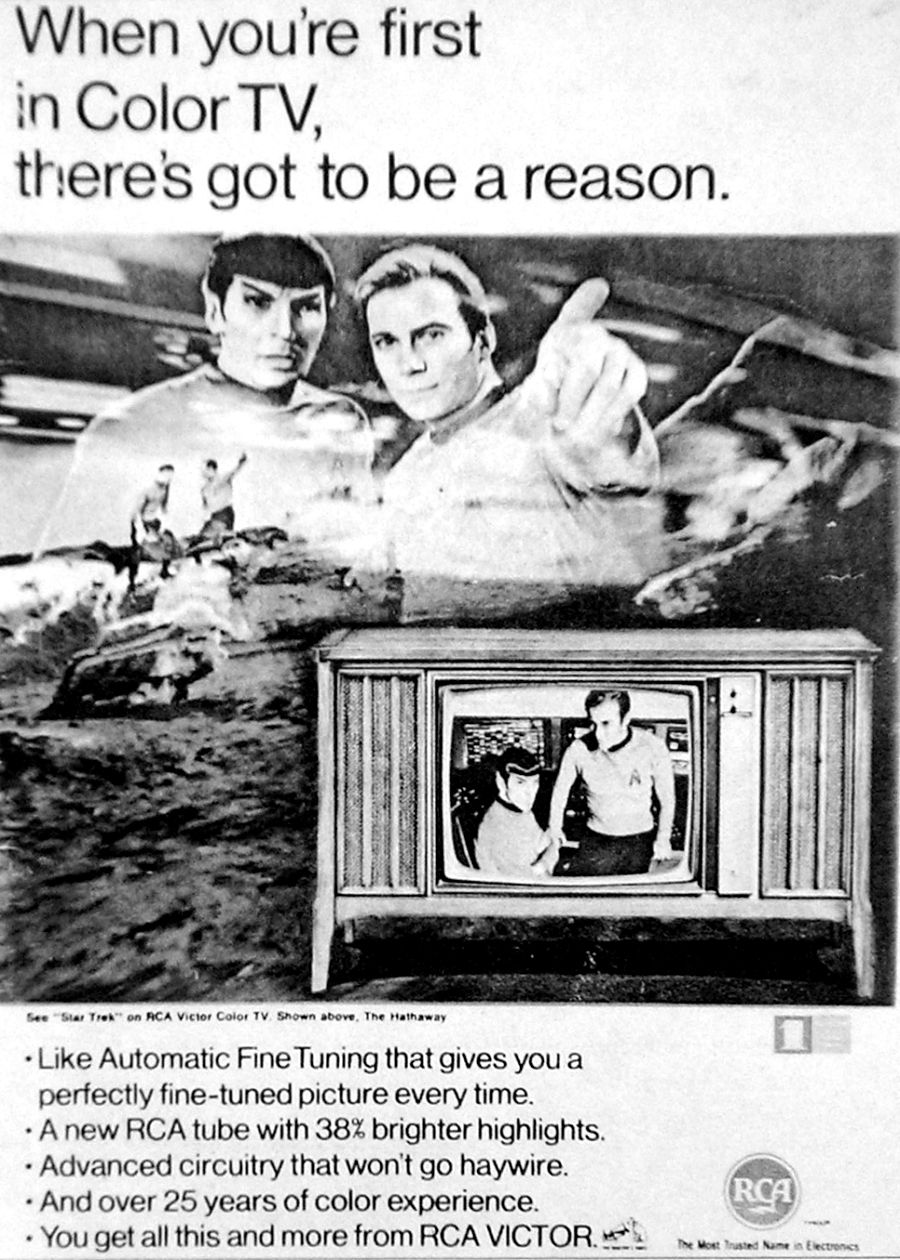As Makeshift said, it's more than simple nostalgia. Older shows weren't made to be seen in such crisp, clear resolution. The flaws are more noticeable.
Many live TV shows had to rebuild their sets when HDTV arrived because of this. However, it has nothing to do with watching old
signals on a new TV.
If the show was shot on film, and that film is remastered in the new medium, then the finer details and flaws captured on film will stand out. But if a Standard Definition (NTSC/PAL/SECAM) signal is run on an HDTV (with upscaling), the only artifacts that will stand out are those of the signal—like watching a heavily compressed video intended for mobile Web devices on an HDTV.
That's what I meant by "rose colored glasses." Sometimes artists depended on the lack of fidelity in an old medium (like standard def analog TV) to hide details that should not be seen (like the wires that flew the Eagles in SPACE: 1999).

 As wonderful as Ernie Kovacs was with his videotape experiments, they've aged terribly.
As wonderful as Ernie Kovacs was with his videotape experiments, they've aged terribly.


